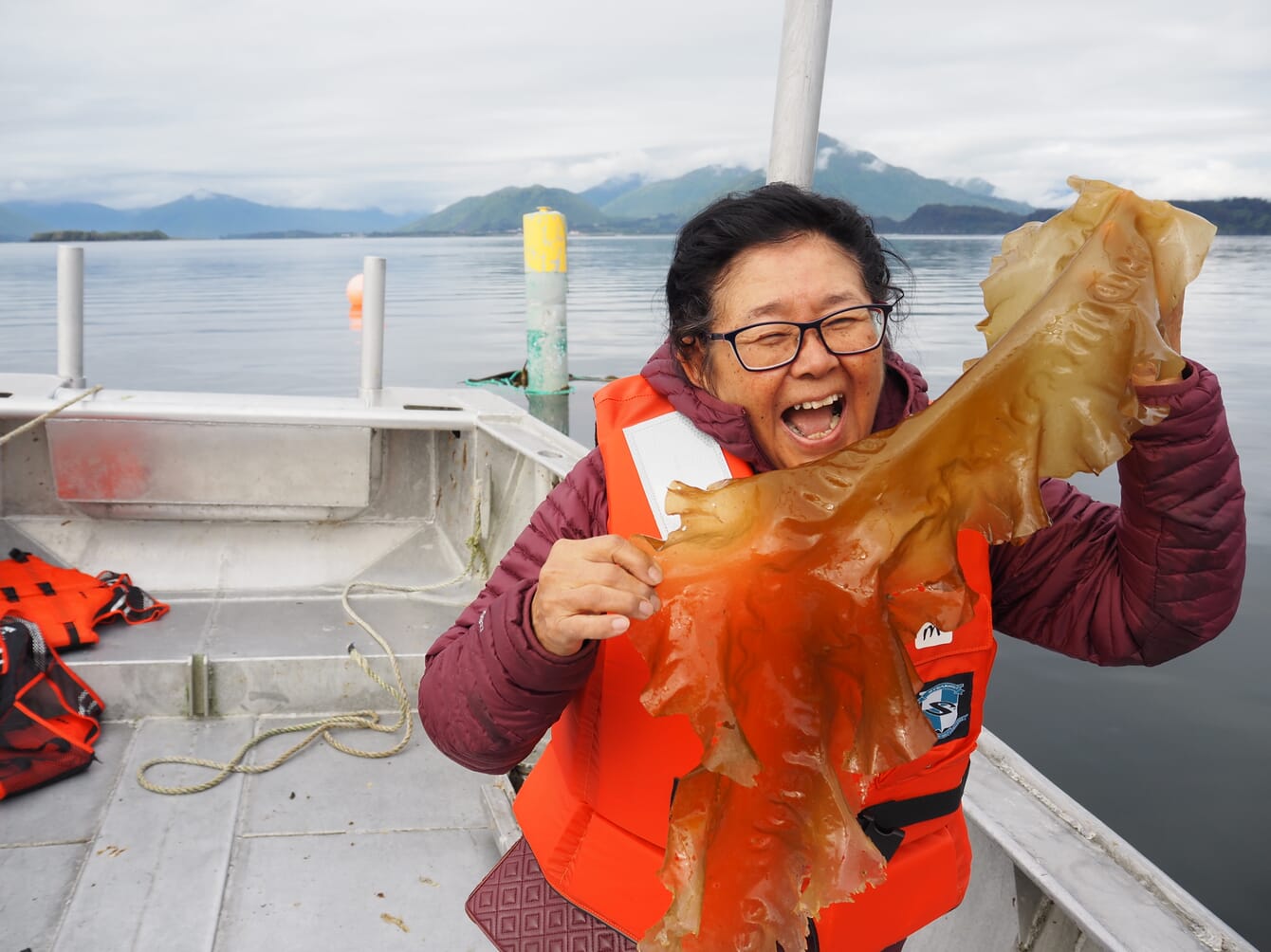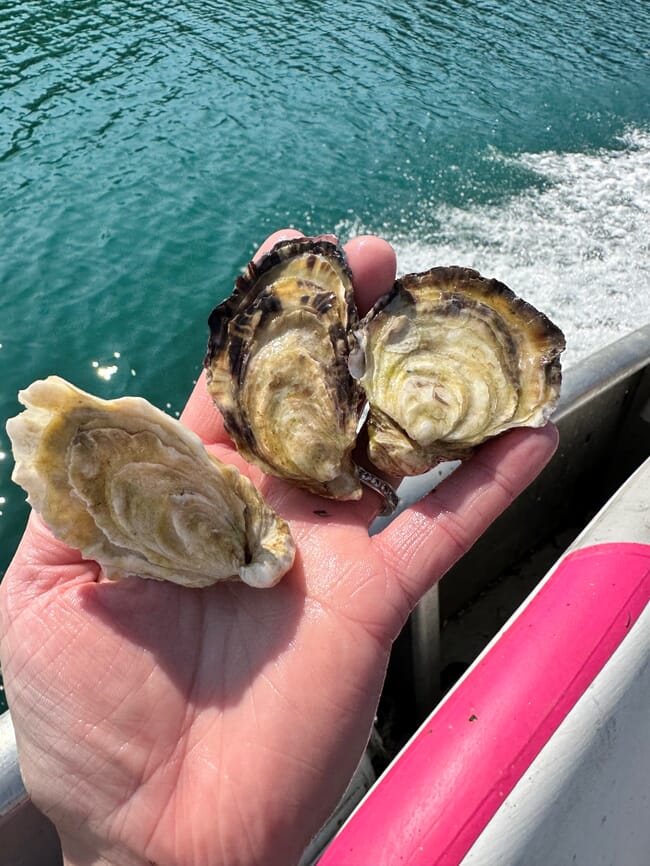
© Juliana Leggitt, Southeast Conference
The Alaska Mariculture Insights project is being led by Southeast Conference Alaska (SEC) and Hatch Innovation Services (HIS), in collaboration with FS Media (The Fish Site’s in-house marketing agency). It aims to develop a comprehensive and continuously updated interactive website, which is due to launch at the Seagriculture conference in Ketchikan on 11-12 September. This will be used to identify relevant benchmarks, opportunities, challenges, technical insights, and industry data to help foster the state’s mariculture development.
As Dan Lesh, deputy director at Southeast Conference, reflects: “While Alaska’s mariculture industry is currently at a small scale, the state is home to a $6 billion wild-harvest seafood industry and a globally recognized brand for seafood from cold, clean, rich waters. Mariculture is poised for rapid growth in Alaska, leveraging our seafood infrastructure and a political climate and local workforce committed to seeing this succeed.
“The Alaska Mariculture Cluster coalition we have built puts equity and collaboration at the core of our strategy. We are working to de-risk this sector and drive private investment, both locally and internationally, to build a $200+ million industry in the next 15 years.”
Global seaweed expertise
The Alaska Mariculture Insights initiative follows Hatch Innovation Services’ pioneering seaweed study in 2022, which involved visits to over 100 farms and processing facilities across Asia's most significant seaweed-producing countries. With the seaweed industry's expansion from established geographies like Asia and emerging areas like Africa into regions like Europe, the Americas and Australia, HIS is expanding its geographical coverage.
Drawing on extensive primary and secondary research, including interviews with key industry stakeholders - such as hatcheries, farmers, processors, and innovators - the Alaskan project promises to deliver an in-depth analysis of the current state of technology and techniques in seaweed and oyster production and catalyse innovation within the broader global food supply chain.
The resulting website will present production insights by species, broken down into the different supply chain stages. It aims to benefit a wide range of stakeholders, including private investors, government entities looking to generate jobs through restorative aquaculture, and blue economy project specialists. This work will further advance the Alaska seaweed and oyster industries’ understanding of the new technological innovations, investment opportunities, and associated risks, mobilizing third-party resources for projects such as climate-resilient seed-stock hatchery programs, farming and processing equipment, storage, and infrastructure.

© Meta Mesdag
Project collaboration
The Alaska Mariculture Cluster, a beneficiary of a $49 million grant from the EDA’s Build Back Better Regional Challenge, is playing a crucial role in this initiative. Managed by SEC and supported by the Alaskan Mariculture Alliance, the cluster is well-positioned to use this project to shine a light on the local industry and help it fulfil its potential. The Alaska Mariculture Cluster has a strong equity component, with at least 25 percent of programme impacts directed to benefit Alaska’s native communities and entities.
Nitzan Unger, senior project manager at Hatch Innovation Services, commented: “This project aims to benefit all stakeholders across the Alaskan mariculture value chain and equip local and national stakeholders with the knowledge and understanding of the Alaskan industry's potential to drive support, investments, and engagement with local entities.”
Media support
Fish Site Media will lead the technological implementation of the website, as well as a multimedia campaign on all The Fish Site channels to help highlight the most innovative and exciting initiatives and technologies being developed in Alaska’s vibrant mariculture sector. The agency aims to help put Alaska on the aquaculture map and inspire conversations with global stakeholders interested in joining and investing in this emerging part of the state’s seafood scene.
“As the world’s largest information platform for aquaculture, we believe we have a duty to disseminate knowledge to farmers and the industry, and being part of this project allows us to do just that,” says Moritz Mueller, managing director of FS Media.
He adds that this significant investment into seaweed and oyster ecosystems could help to catalyse change in US aquaculture. “There is tremendous potential for sustainable and responsible aquaculture in the US. Seeing a grant on this scale going into aquaculture in the US is extremely significant, and we are thrilled we will be the ones telling the stories of how the cluster is evolving.”
For further information and updates on the project, visit the websites of Hatch Innovation Services and the Alaska Mariculture Cluster.




